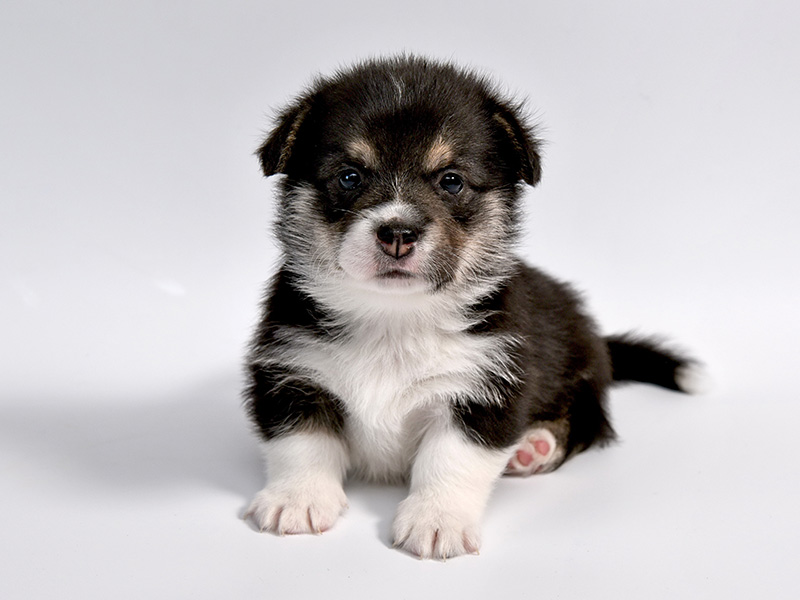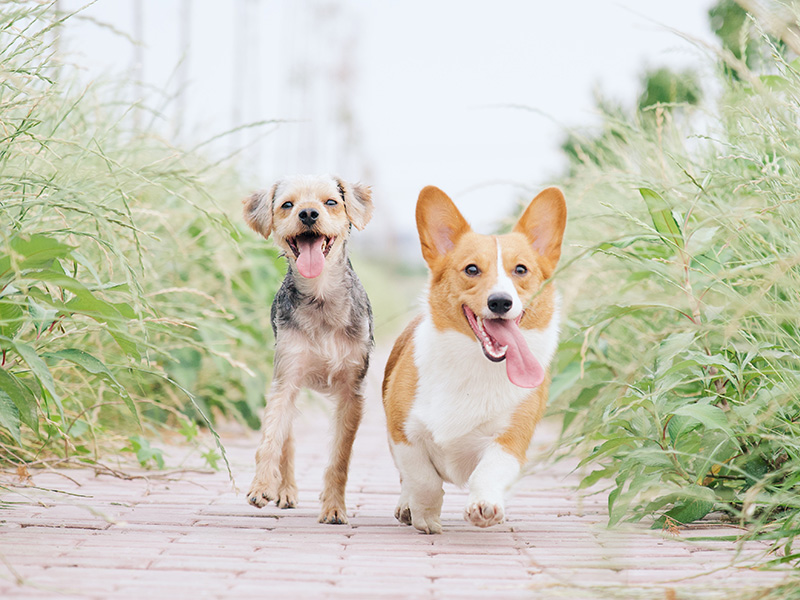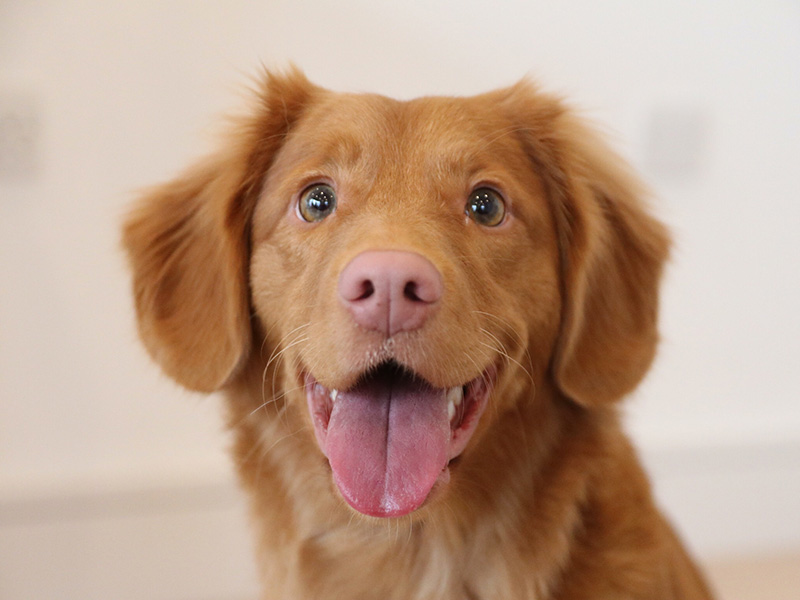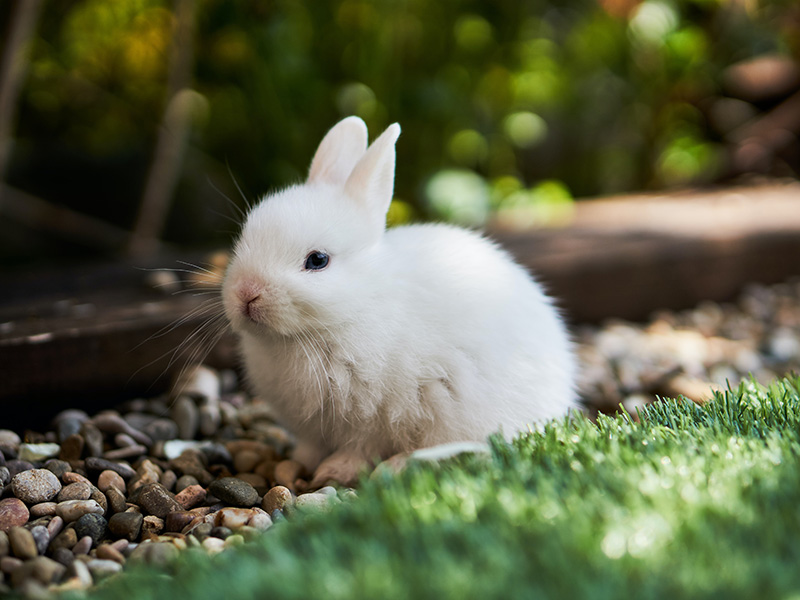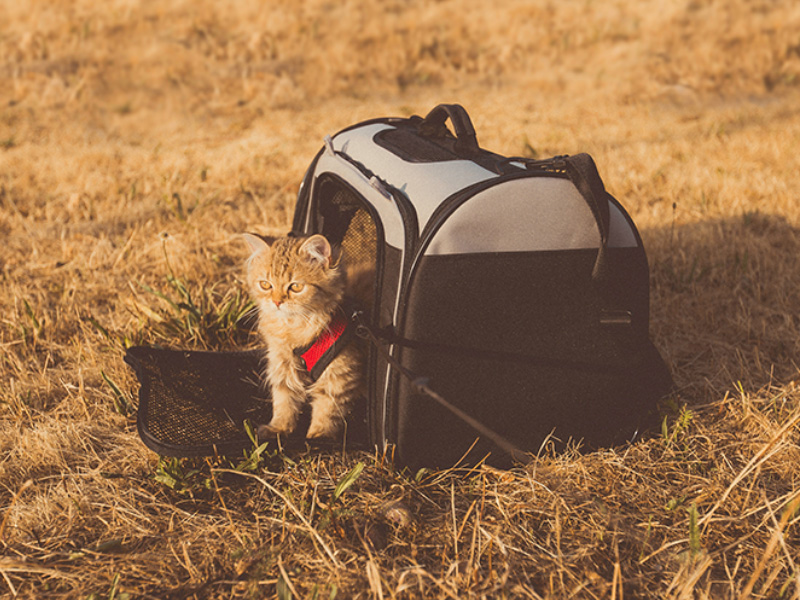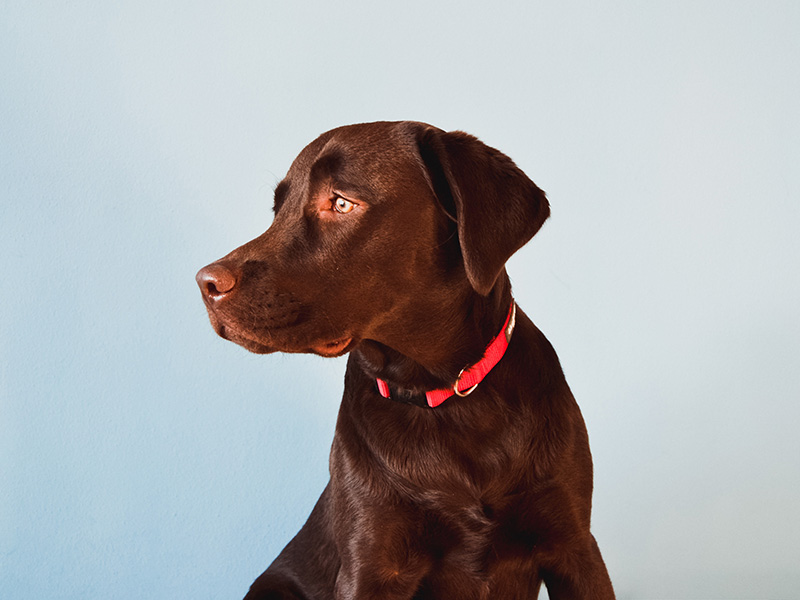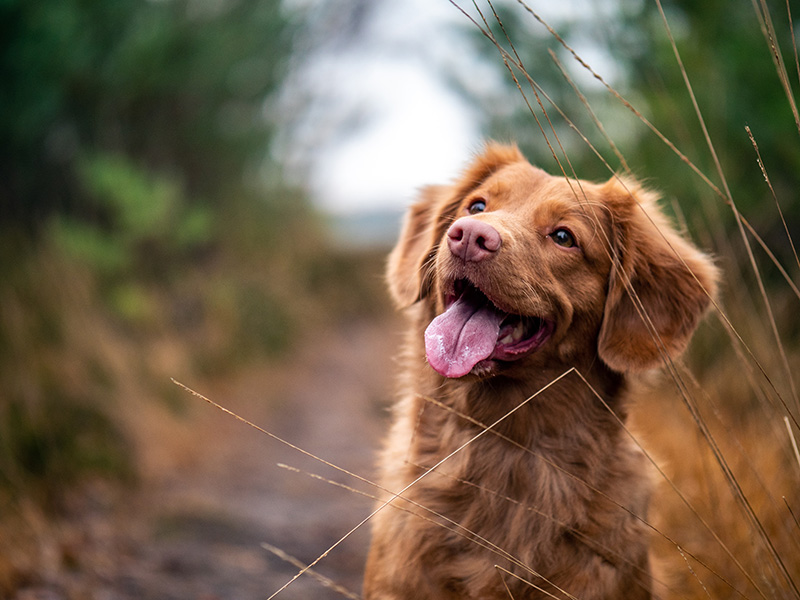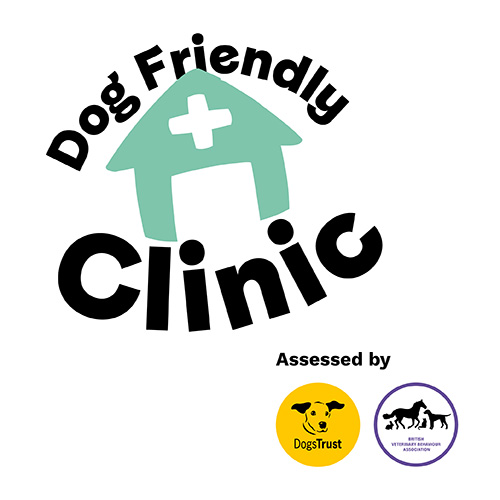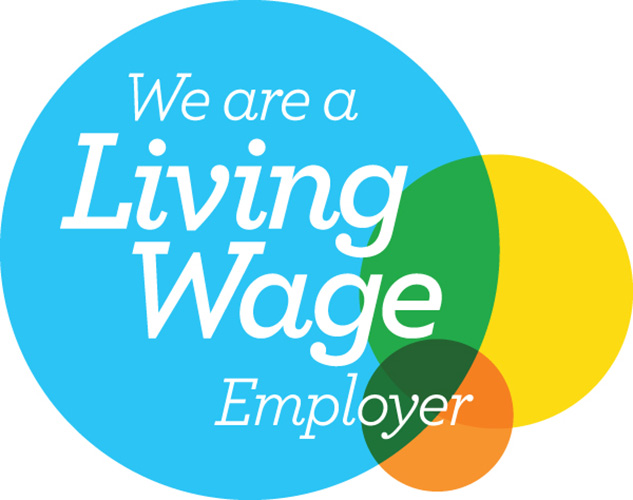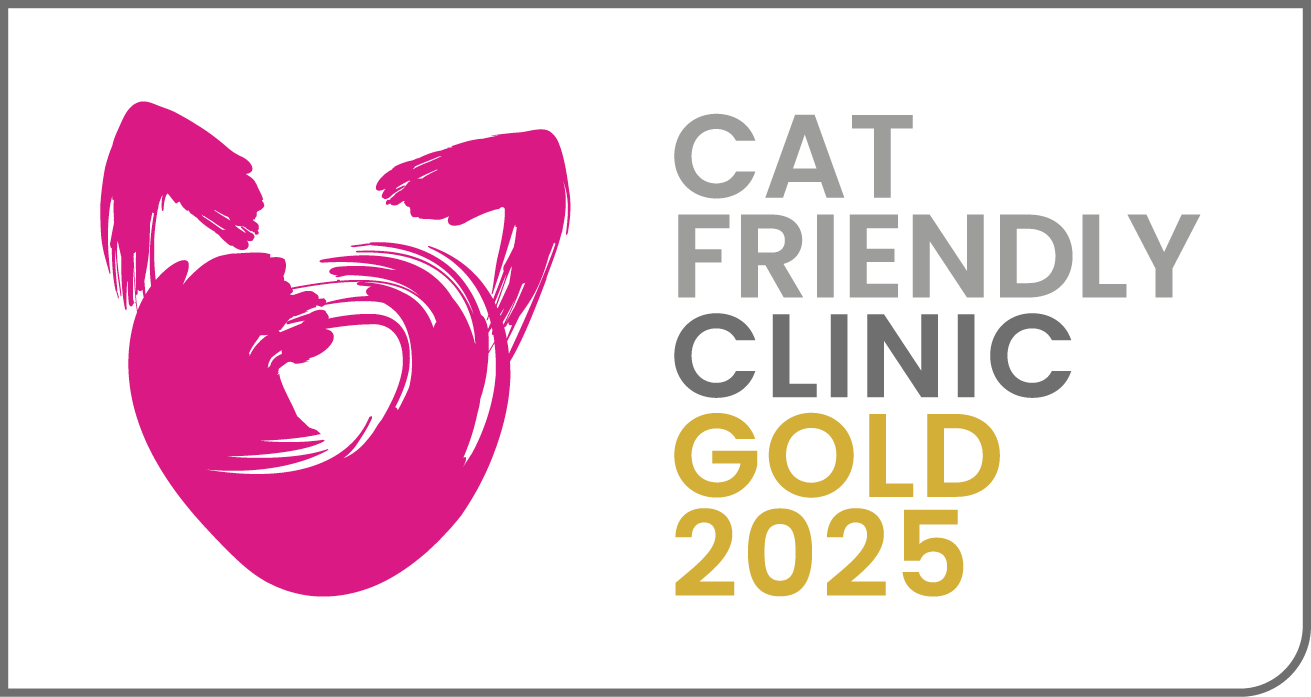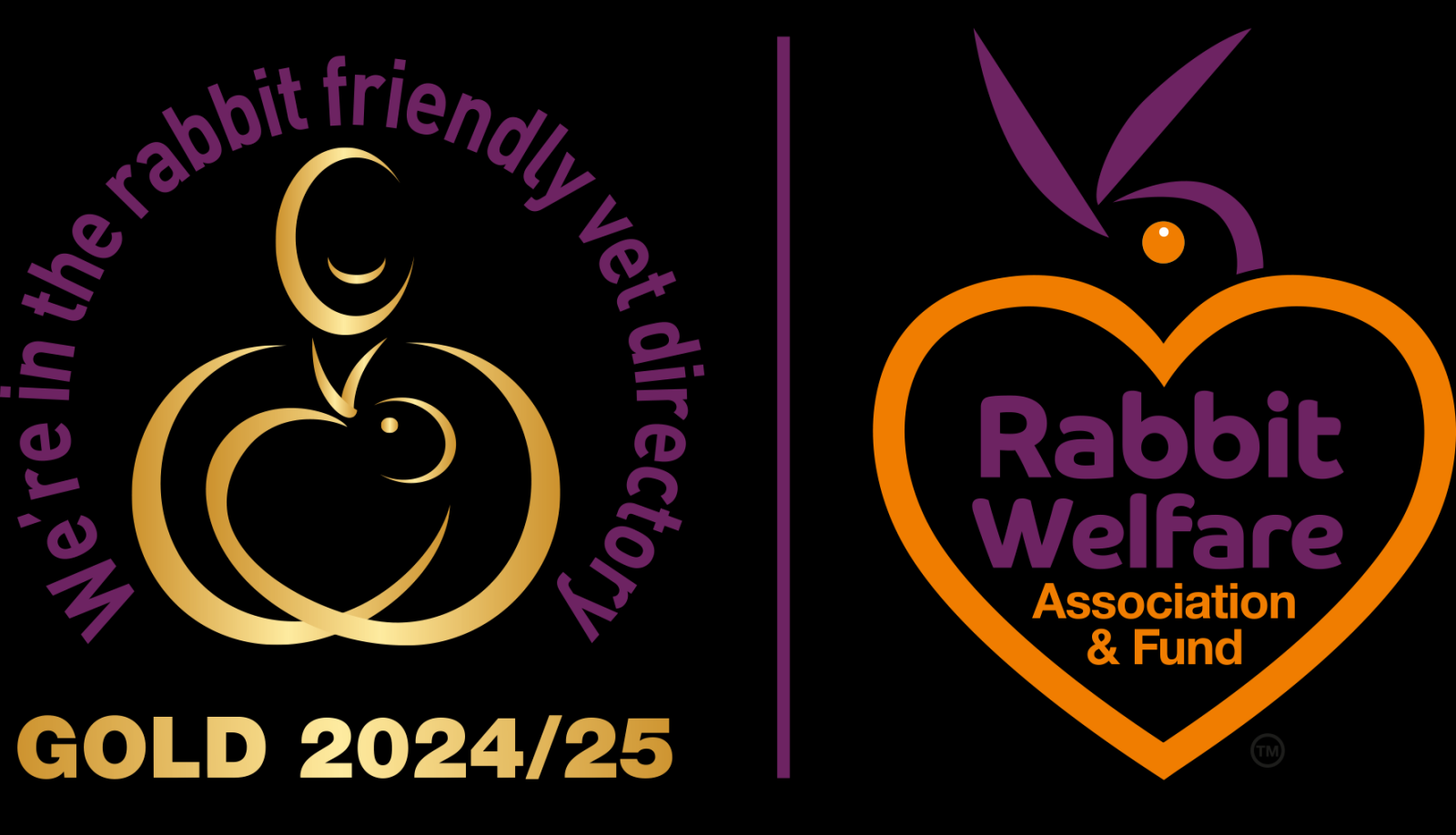Are Tennis Balls Bad For Dogs?
Many dogs love to carry or chase a ball, but there are some potential problems to be aware of.
Dental health
When tennis balls are used in gritty or sandy environments, the grit particles become trapped in the outer layer of the ball and cause it to become very abrasive to the teeth. Smooth rubber balls are a safer alternative.
Choking and obstruction
Balls must not be small enough to accidentally go down the windpipe or to be swallowed. Of course, a large ball can still become hazardous if the dog chews it into smaller pieces. Purchase toys and balls specially designed for persistent chewers and supervise play carefully to avoid this problem.
Joint problems
Dogs with joint conditions such as hip or elbow dysplasia and arthritis are likely to suffer exacerbation of joint pain after high impact exercise. Running fast and suddenly skidding to a halt, rapid changes of direction, and leaping up into the air to catch a bouncing tennis ball are all types of high impact exercise that can make these problems worse. Consider teaching your dog to wait for a ball to be thrown, and then go to retrieve it once it is still – this should reduce the high impact nature of the exercise (and teach some self-control at the same time!)
Mental health
Some dogs are obsessed with chasing a ball and their daily walk will consist entirely of chasing and fetching. This type of walk does not allow a dog to sniff and search and engage with their environment. Instead, it can lead to very high levels of arousal, making it difficult for the dog to settle or behave calmly when they return home. Consider restricting ball play to short bursts of play, with a clear “finish” cue. Switch to throwing a less exciting toy (that does not roll) and then moving onto playing “tug” games when the dog retrieves it. Scattering treats in the long grass at intervals on walks can encourage dogs to sniff and explore and take their time.
-
Previous
-
Next
